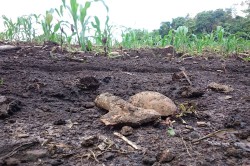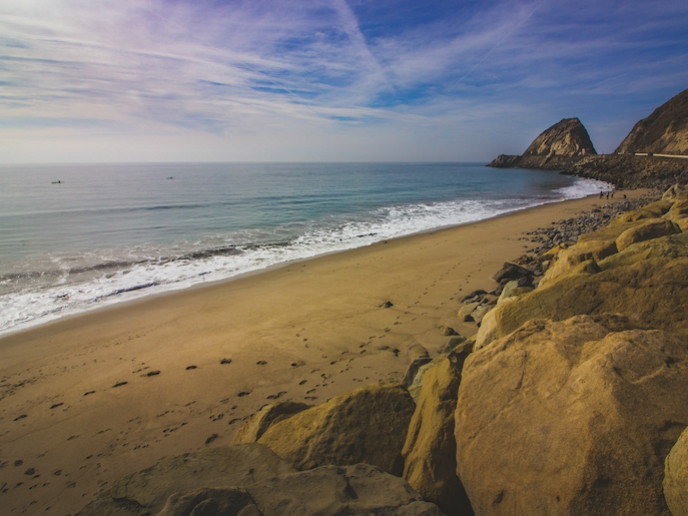Modelling shelf sea processes
Coastal and shelf seas are relatively shallow seas that share a boundary with the land. They are home to the major shipping routes, waterways and fishing grounds of the world. Important natural resources, such as oil and gas, are also found in these areas. Rivers introduce freshwater as well as contaminants and sediment to these seas. Physical processes, such as transport and diffusion, are not as strong as in the open oceans. Consequently, contaminants can easily build up to levels toxic to the local animal and plant life. Nearly a decade's worth of work, emerging from several different research projects, is now being made available to the public for free. The research has culminated in a coupled, three-dimensional hydrodynamical-ecological model for specific application to regional and shelf seas. The model is divided into several modules. The modules account for everything from currents to biological cycling to transport, diffusion and deposition of sediment and contaminants. The model (COHERENS) has been applied successfully in several studies. It has been rigorously evaluated in comparison with real-life field data. An important advantage of the model is that it is compatible with all major operating systems (e.g. UNIX, Linux, DOS). The model can be used as a diagnostic tool for specific events, such as a pollutant spill. It can also be used operationally as a forecasting tool for coastal management. The model's developers want to share their knowledge and invention with the research community. The source code, user manuals, test cases and a graphical interface for displaying model output can be found at http://www.mumm.ac.be/coherens(opens in new window). Training and technical support can be provided. They also seek additional financial backing to continue development of some components of the model.







